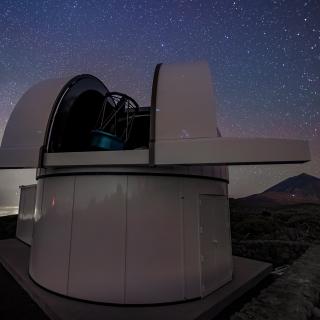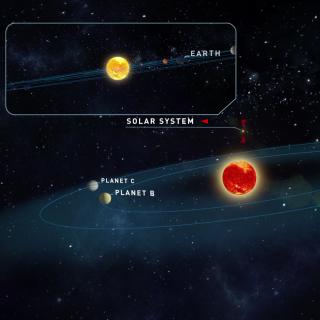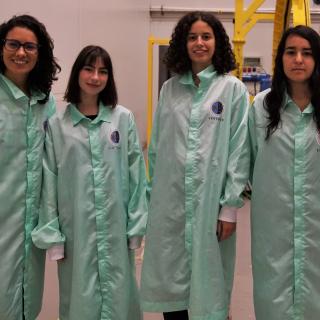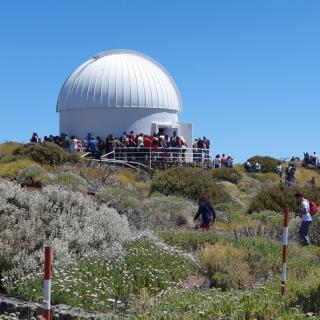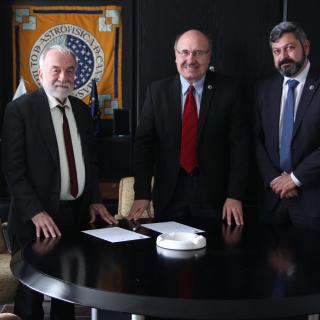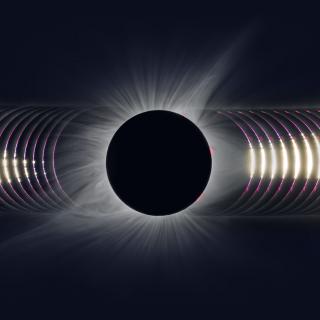
On July 2nd there will be a total eclipse of the sun which will touch land only in Chile, Argentina, and on the island of Oeno a small corral atol in the centre of the Pacific. This astronomical event will be broadcast live via the web sky-live.tv, with the collaboration of the Cerro Tololo Observatory (Chile), and STARS4ALL, a project in which the Instituto de Astrofísica de Canarias (IAC) is participating.
Advertised on
